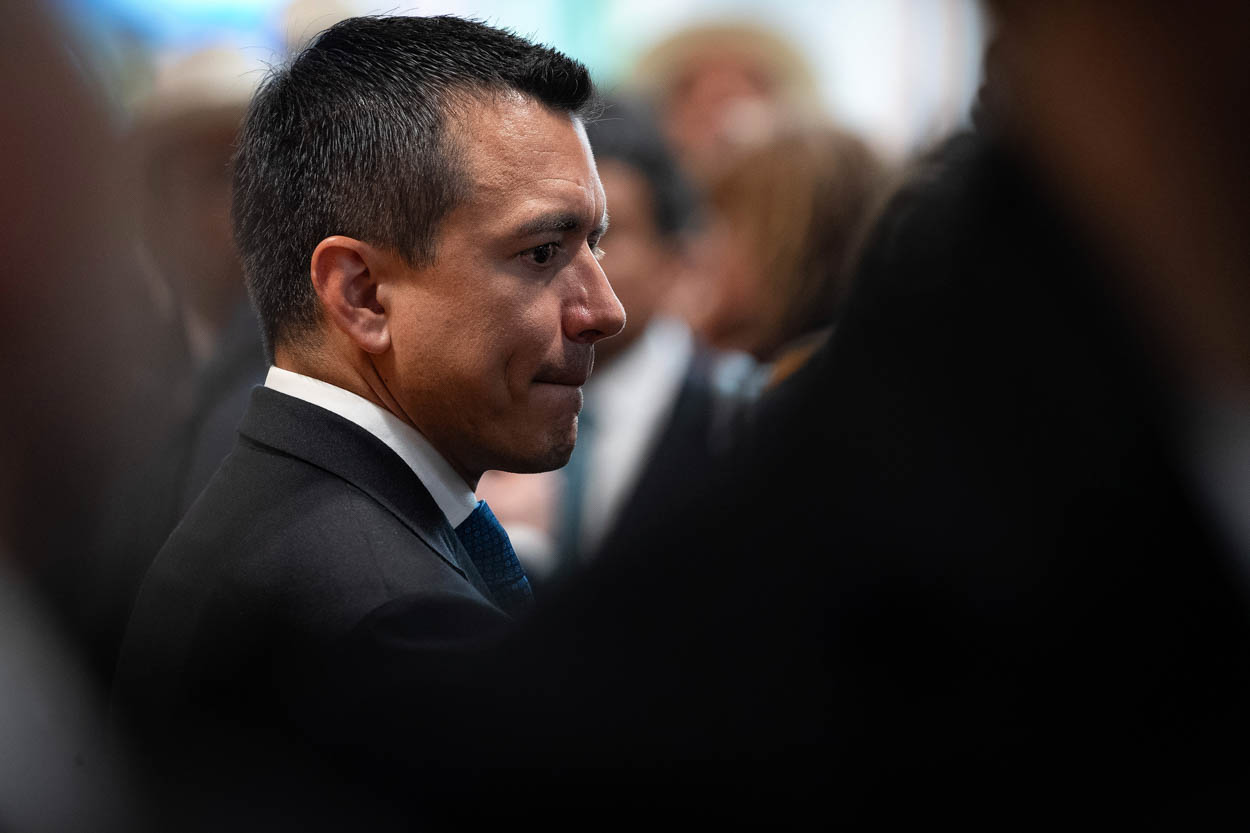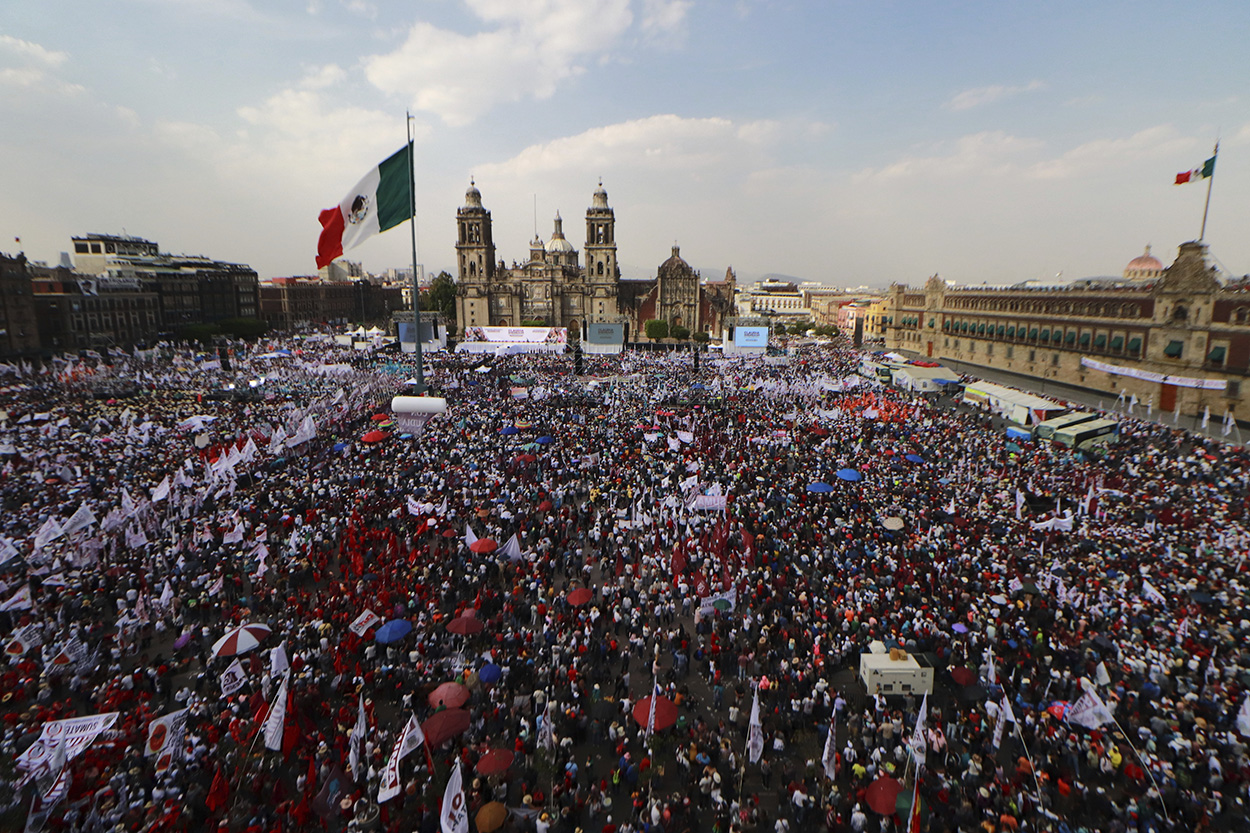Although illegal immigration across the Mexican border into the United States serves as a dominant theme during U.S. presidential debates and in the media, smuggling of firearms in the other direction has failed to garner the same attention. But, as the murder rate in the border region jumped above one hundred in the first two weeks of January, the United States and Mexico unveiled plans to attempt to control the illegal trade.
During his first visit to Mexico last week as U.S. attorney general, Michael Mukasey met with his Mexican counterpart Eduardo Medina Mora to discuss the upswing in drug-cartel violence. Calling border security a “two-way street,” Mukasey announced plans for beefing up “Project Gunrunner,” a U.S. Justice Department program targeting illegal firearm shipments. Meanwhile, at a meeting in El Paso, Michael J. Sullivan—acting director of the U.S. Bureau of Alcohol, Tobacco, and Firearms (ATF)—described future efforts to combat the illegal trade through an increase in the number of U.S. intelligence and investigative specialists focused on the problem at the border. The ATF will also expand deployment of eTrace, a system used to track weapons, to nine U.S. consulates in Mexico by March 2008.
Mexico has strict gun control laws, and illegal firearms possession can garner a 30-year prison sentence. Yet laxer laws just across the border have led to a high rate of gun smuggling, with roughly 90 percent of 12,000 firearms confiscated by Mexican police traced back to the United States, reports El Paso Times. Up to 2,000 U.S. weapons enter Mexico each day, and these arms are thought to account for 100 percent of drug-related killings.
An analysis by ISN Security Watch describes how gun smugglers acquire weapons through events like gun shows, then move them across the border by car in small quantities—a process dubbed “ant smuggling.” Mexican soldiers sometimes find powerful weapons: Mexico’s El Universal reports that, during a recent capture of arms used by Gulf Cartel guards known as “Zetas,” federal forces uncovered military-grade weapons, including rocket launchers and anti-tank rockets. Smuggled weapons make their way into police forces as well; federal agents seized and inspected 300 guns from Nuevo Laredo police in efforts to trace where the weapons came from and if they had been used in drug-related crimes.
During his first year in office, Mexican President Felipe Calderon stepped up efforts to combat organized crime, dispatching an anti-drug force that was 25,000-strong and meeting with U.S. President George W. Bush to hammer out a proposed security agreement known as the Merida Initiative. Yet even as arrests and extraditions rose in Mexico, so did drug-related murders—from 2,100 in 2006 to 2,500 in 2007—as cartel leaders retaliate.







